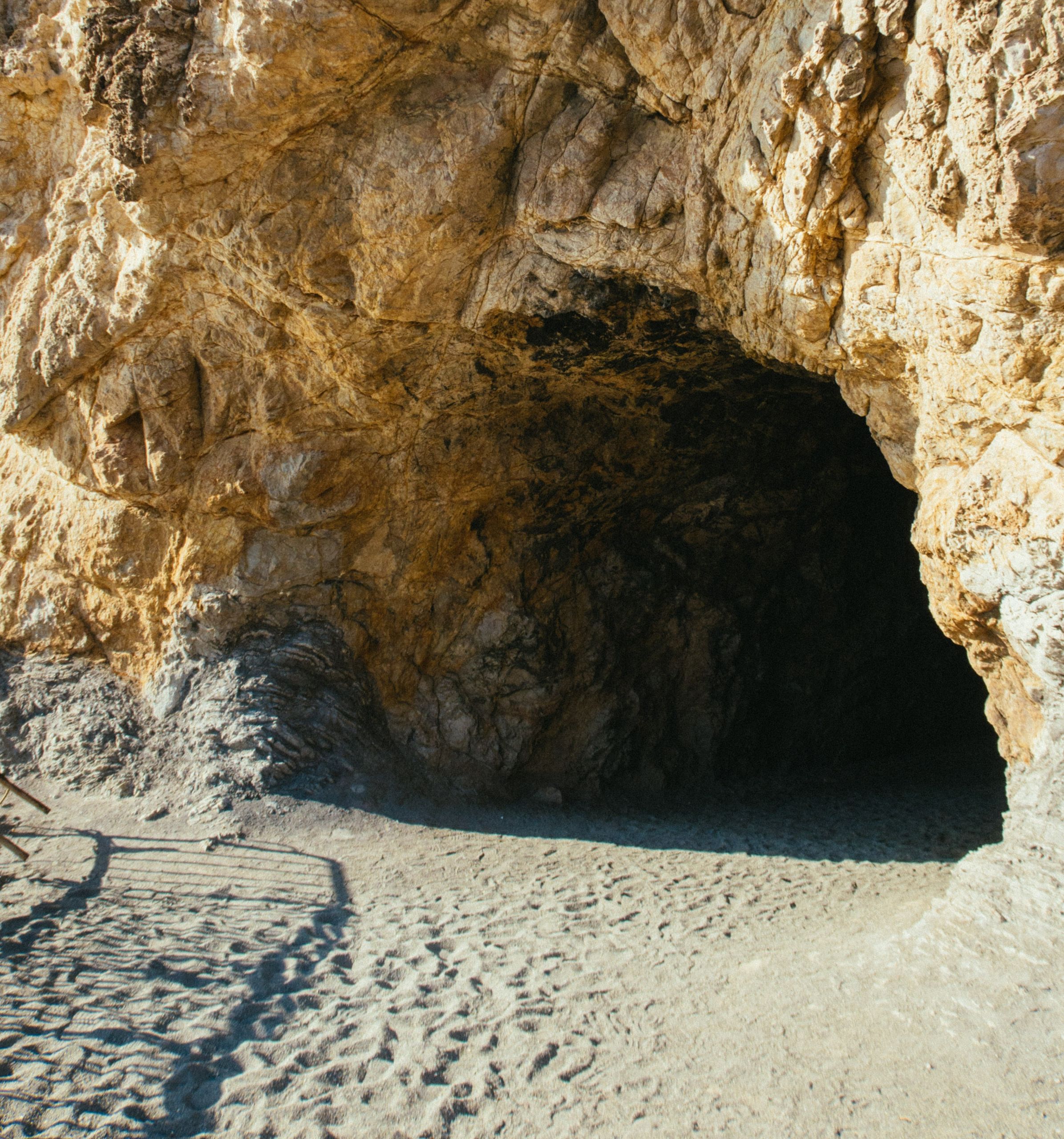Only 30 breaths a day can change your life!
Although the benefits of resistance breathing are not new knowledge, COVID lung has brought the practice to the fore. Resistance breath training improves lung function, cardiovascular function, and autonomic function. Resistance breathing also correctly activates the transverse planes (diaphragms) of the body and the core muscles so you are able to drain your fluid body more optimally and optimize musculoskeletal and organ function.
Only 5 minutes a day of resistance breathing can improve
- blood pressure
- blood vessel tone
- oxygen saturation
- pulse rate
- respiration rate
- lung capacity
- obstructive sleep apnea
- exercise duration
- inflammation
What is resistance breath training?
Resistance breath training involves breathing into and out of a little pipe that costs about $50. You can turn a knob and set the degree of resistance for in and out breaths. The resistance of the pipe forces the chest respiratory muscles to activate properly, and also properly activates the core musculature that is involved in creating a canister required for optimal breathing.
Resistance breathing forces you to breathe correctly. When you breathe correctly the muscles move properly, endothelial nitric oxide is released, the lungs fill and empty properly, and circulation improves.
The research shows that only five minutes of resistance breathing a day is as good as going to the gym for lowering your blood pressure.
TIP: Do both
Here is an example of the pipe. Not all pipes have in and out resistance. This one has both.
https://www.amazon.com/Breather-Inspiratory-Expiratory-Respiratory-Trainer/dp/B00FE8N7Y4
The app and instructions for this pipe do not cohere with physiologic breathing practices. Please follow the instructions in this protocol so you can implement physiologic breathing.
How to do resistance breath training
- Brush your teeth or at least rinse out your mouth
- Set your resistance breathing device at the highest number for inhale and for exhale resistance
- Position the device in your mouth and breathe in and out only through your mouth
- Use the highest setting for a couple breaths so you can feel the muscles fire automatically
- Decrease the resistance to a level you can continue for 30 breaths
- Breathe in for three seconds
- Breathe out for seven seconds
- Repeat these slow breaths for five minutes.
- Practice resistance breathing most days
- Practice resistance breathing if you feel anxious and it will quickly put you into parasympathetic dominance so you feel more at ease
If you get tired, dizzy, can’t catch your breath or have a racing heart STOP
Wait until the next day and try again with less resistance or faster breaths or shorter duration of treatment.
Slow resistance breathing is physiologic breathing
Our bodies are designed to breathe six times every minute. For optimal autonomic tone we should breathe in for three seconds (stimulating the sympathetic nervous system) and out for seven seconds (stimulating the parasympathetic nervous system).
We are designed to be strong. When our core muscles are strong, with the ribcage they act as a canister for breathing, and our body itself offers resistance to the breath. Because most of us do not have strong enough core muscles or intercostal muscles (between the ribs) we are not able to practice resistance breathing without the aid of a device.
Normal physiologic breathing fills the lungs from bottom to top. As the lungs fill, the ribcage expands two inches circumferentially. There is no elevation of the ribcage becasue the transversus abdominus is holding the ribcage down toward the pelvis. After the ribcage has maximally expanded, the lungs push the respiratory diaphragm down and the belly resists the displacement of the organs as the pelvic diaphragm also lowers.
When we breathe out the respiratory diaphragm and pelvic diaphragm elevate and the abdomen and chest shrink circumferentially two inches.
Using the device for resistance breathing helps us to strengthen and optimize our own canister so that long term we will not need the device, but will be strong enough in ourselves to provide proper resistance for breathing.





